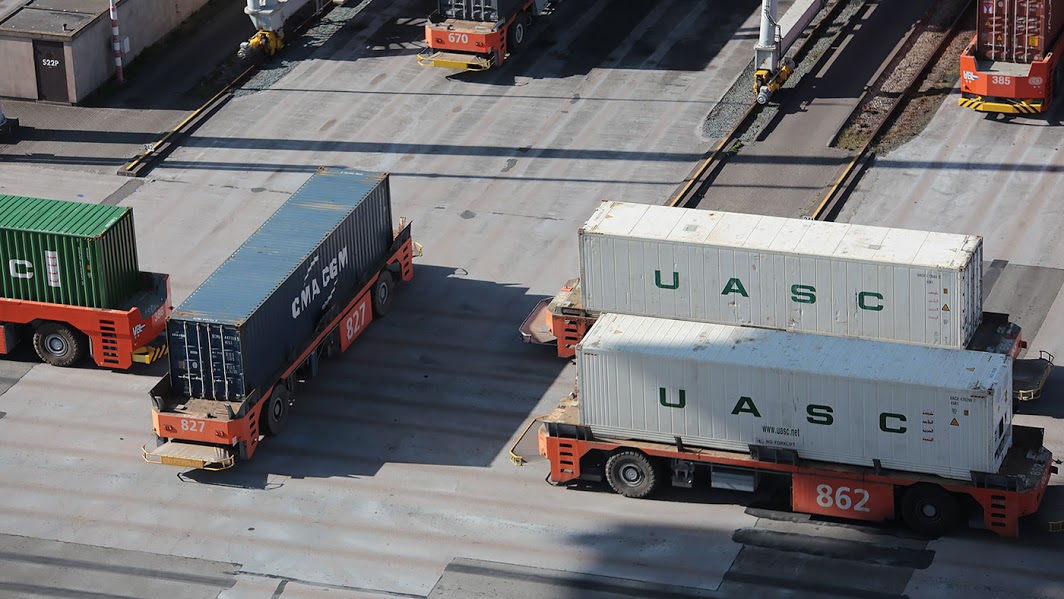|
SOLUTIONS |
||
Supply Chain Management |
||
Distributed ledger technologies can dramatically improve operational efficiency in the management of supply chains. Further, the creation of “supply networks” that offer the potential for a universal view, enable advanced supply chain financing, streamlined adherence to regulation, and vastly improved emergency response capabilities in the event of recalls or shortages. Finally, attaching digital identities to physical objects in supply chains provides huge potential for new value-added products and services.
How legacy supply chain management systems fall short
Modern supply chains are vulnerable to fraud, suffer from lack of resiliency, and are subject to various inefficiencies that slow down the movement of goods and increase their costs.
Supply chain vs “supply network”
Status quo supply chains are very much chains in the sense that products and information move linearly from one link to the next. This basic structure, however, makes it impossible for links at opposite ends of the chain to communicate directly. It is precisely the lack of communication amongst nodes in supply chains that holds back innovation in supply chain management. The lack of communication makes it difficult or impossible for nodes to coordinate. This results in a low level of supply-chain resiliency, an inability to rapidly and efficiently track and trace items in the supply chain, lack of access to financing for upstream suppliers who remain cutoff from downstream financiers, and a host of other missed opportunities.
A far more efficient way to manage supply chains is through the creation of a network, whereby nodes are connected through multiple routes, rather than through the linear “one-up, one-down” model that is the norm in the status quo of supply chain management.
Factors holding back the creation of a “supply network”

Lack of Privacy
Privacy is essential in supply chains because participants need to maintain their commercial advantage. Upstream suppliers, for example, do not want to reveal to end customers information about their operations, pricing, and sourcing because doing so would eliminate their commercial advantage. At the same time, however, there are other nodes in supply chains that benefit from open access to information. Downstream retailers, for instance, can increase the value of the products they sell if there is more information attached to those products. Consumers, after all, are willing to pay more for products they can be sure are authentic and ethically sourced.
What’s needed, then, are data management tools that enable supply chain participants to granularly control who gets access to what information and when. Unfortunately, legacy data management tools – which require point-to-point connections – effectively make that impossible because of the excessive resources needed to establish and maintain so many separate connection points.

Security
Legacy systems rely on centralized servers to store and serve data. This structure makes them vulnerable to attack in addition to being non-resilient in the event of a single node experiencing technical failure resulting in data loss.

Regulations
Despite considerable efforts over the last 20 years to digitize supply chain management, modern supply chains remain heavily reliant on paper-based documentation partly because the legacy digital tools have proven insufficient for meeting regulatory guidelines. In many regions, in fact, because trusted and reliable digital alternatives are simply not in place, regulation requires the use of paper bills of lading to be attached to lots and to be reviewed manually by inspectors at various points in the supply chain.
This requirement slows down shipments, raises costs, limits financing potential, and increases the risk of fraud. Consider the example of a single shipment of avocados from Mombasa, Kenya to Rotterdam, Netherlands. A 2017 report from IBM and Maersk found that the slow paper-based process for adhering to regulation doubled the time needed to make the shipment and accounted for 15% of the total cost of shipping.

The blockchain solution
Decentralized supply chain management systems that are built on permissioned blockchains overcome the challenges related to security, privacy, and adherence to regulations.
Supply networks
Participants in a supply chain can come together to form supply networks. In such a network, upstream suppliers can audit their data-sharing permissions directly on their own node. For example, universal permissions can be granted for data that supports sustainability measures while permission can be restricted for sensitive data such as the cost paid by a distributor to its direct supplier. Regulators can be granted a universal view of all available data, enabling fast and efficient track and trace in the event of an emergency recall.
Digital identities
Items in a supply chain can be linked to digital identities that are stored in a decentralized network. Public/private key pairs ensure access to associated data for permissioned participants only.